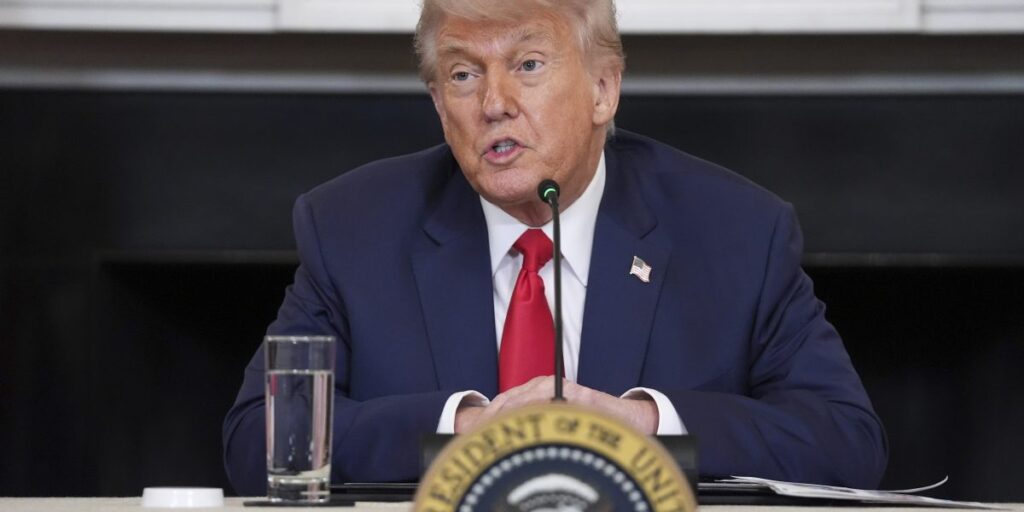U.S.-China trade talks have led to a positive development, with both nations agreeing on a framework for a trade deal. The discussions focused on rare earth minerals and a potential pause in tariffs, marking a significant step in reducing long-standing trade tensions.
Officials from both countries said the framework could pave the way for more extensive economic cooperation. Rare earths, essential for technology and green energy industries, were highlighted as a key area for collaboration. Experts note that a stable supply of these minerals is critical for global manufacturing and technology sectors.
The agreement also includes a possible temporary pause on certain tariffs, which have been a major point of contention in recent years. This move could ease costs for businesses and consumers, creating a more predictable trade environment. Analysts suggest that even a partial pause on tariffs can improve confidence among investors and global markets.
Trade relations between the U.S. and China have faced challenges over the past decade, with disputes affecting multiple sectors. The new framework is expected to help both sides address supply chain concerns, particularly in industries dependent on rare earth minerals.
Industry leaders welcomed the talks, emphasizing that stable trade in rare earths is vital for manufacturing, electronics, and renewable energy projects. “This agreement is a critical step toward ensuring supply chain security for high-tech industries,” said one expert. The potential tariff pause is also seen as a way to reduce market uncertainty and promote economic growth.
Economists say that easing trade tensions could have broader impacts beyond rare earths. Reduced tariffs may lower costs for consumers and increase the competitiveness of U.S. and Chinese companies globally. Market observers also expect this development to encourage other nations to engage in more open trade discussions.
The framework includes ongoing consultations to finalize details on rare earth exports and tariff adjustments. Both governments indicated a willingness to negotiate in good faith and monitor the agreement’s impact on key industries. Analysts highlight that the success of these talks could influence global trade trends, signaling a shift toward cooperation rather than confrontation.
Rare earth minerals, used in electric vehicles, smartphones, and renewable energy technologies, have become strategically important. Ensuring a reliable supply from China, which dominates the global market, is seen as a critical factor for U.S. technological and industrial development. The trade talks aim to address these concerns while maintaining economic stability.
The potential pause on tariffs may be limited initially, targeting areas where trade disruptions have caused the most concern. Observers note that this cautious approach allows both nations to test the benefits of easing trade restrictions without fully removing existing measures.
Financial markets responded positively to news of the talks, with stock indexes showing gains in sectors linked to technology and industrial production. Analysts believe that confidence in ongoing trade discussions can help stabilize markets and encourage further investment.
While challenges remain, including broader geopolitical issues and domestic economic pressures, the U.S.-China trade talks mark a constructive moment. Both nations signaled the importance of dialogue, cooperation, and addressing mutual economic concerns. This framework may serve as a foundation for more comprehensive agreements in the future, fostering stability in global trade.
The framework also highlights the strategic importance of balancing economic interests with diplomatic efforts. By focusing on critical areas like rare earths and tariffs, the talks aim to deliver tangible benefits for both countries while reducing uncertainty in global markets.


